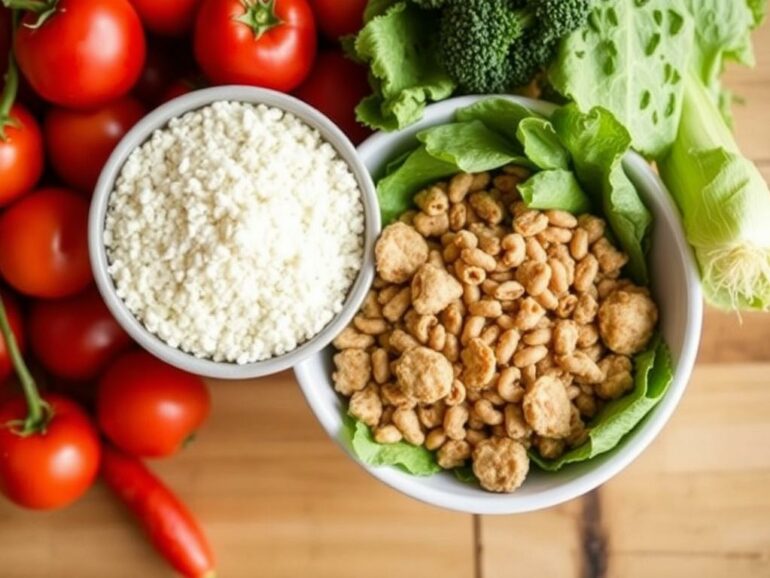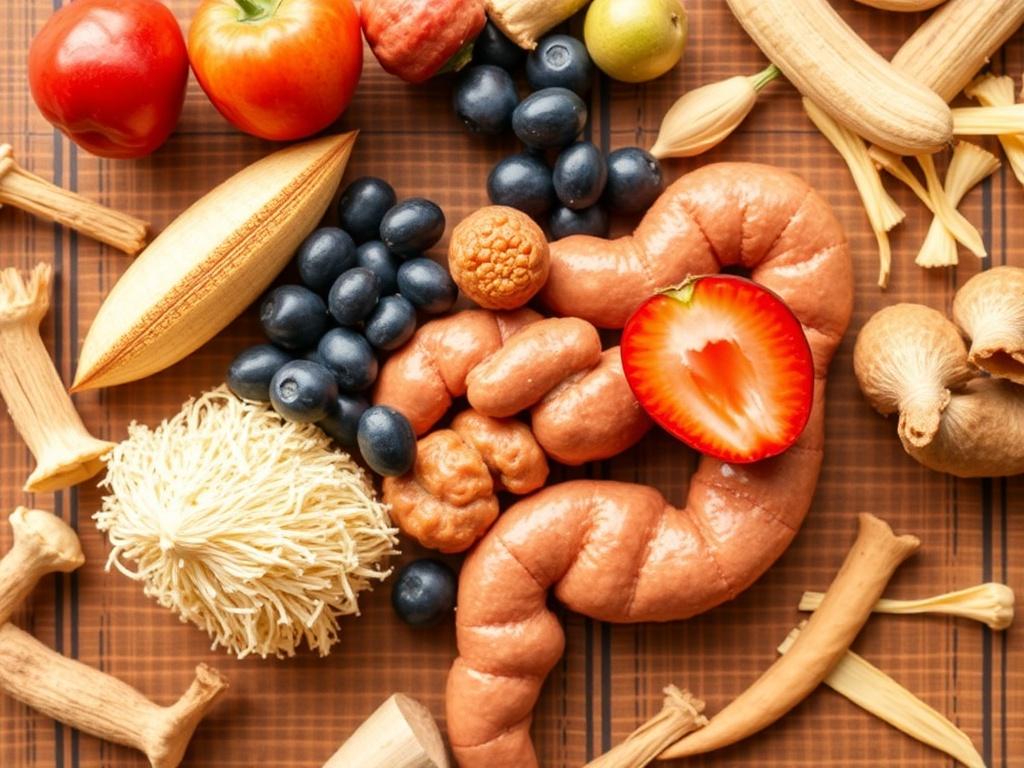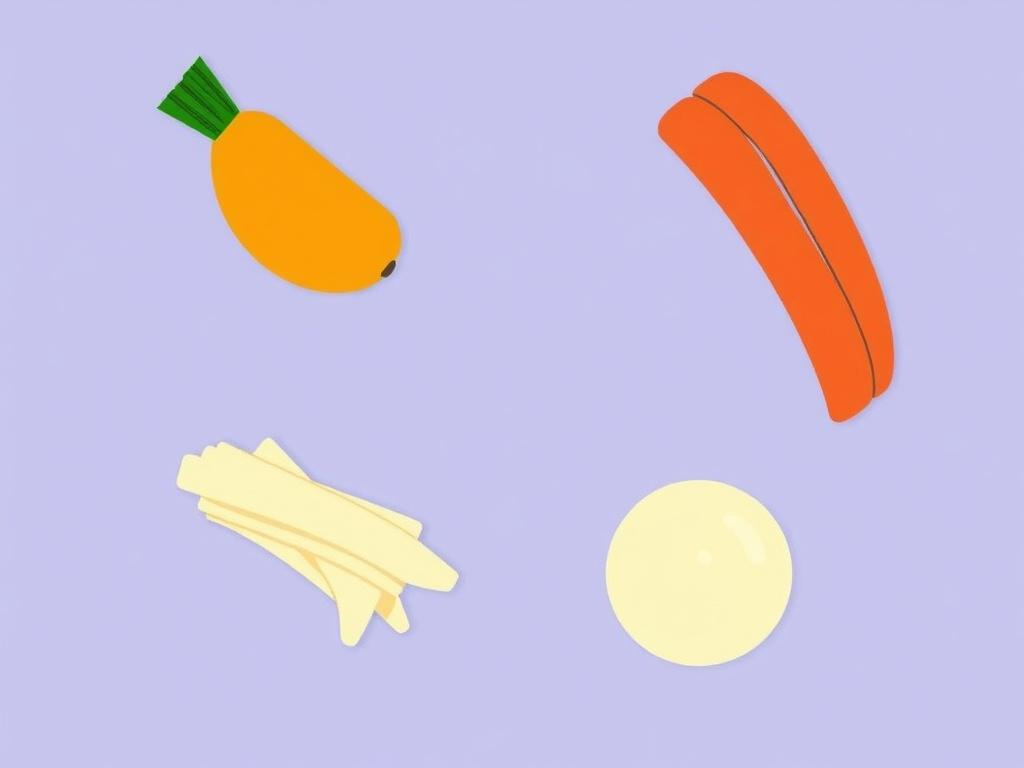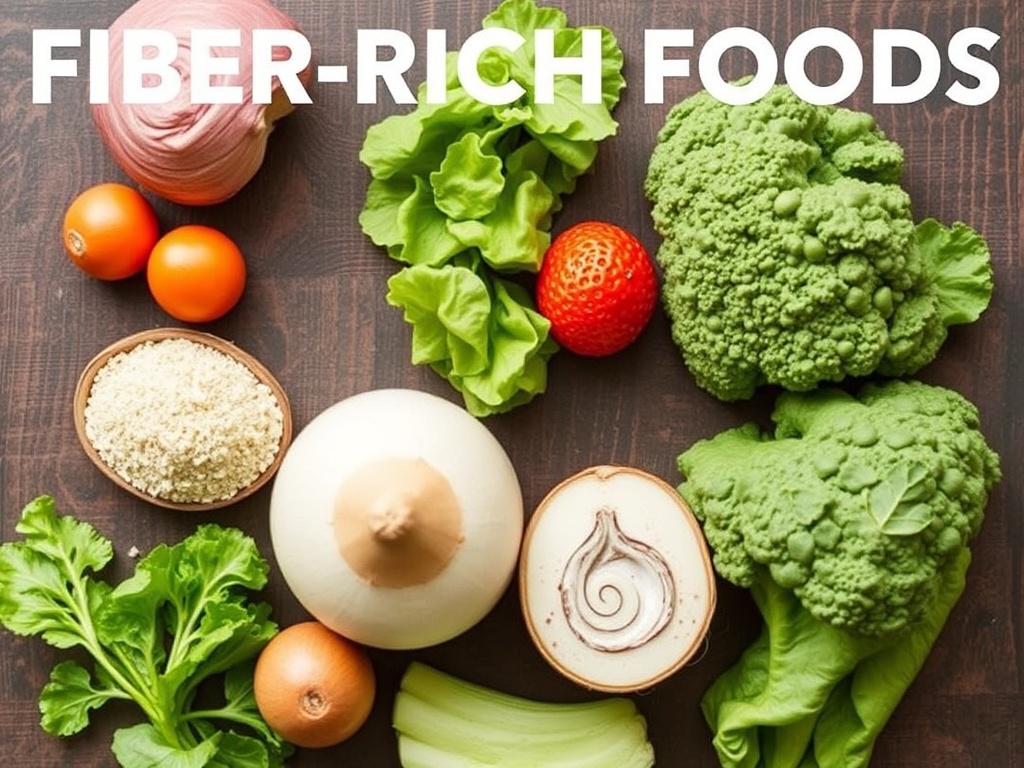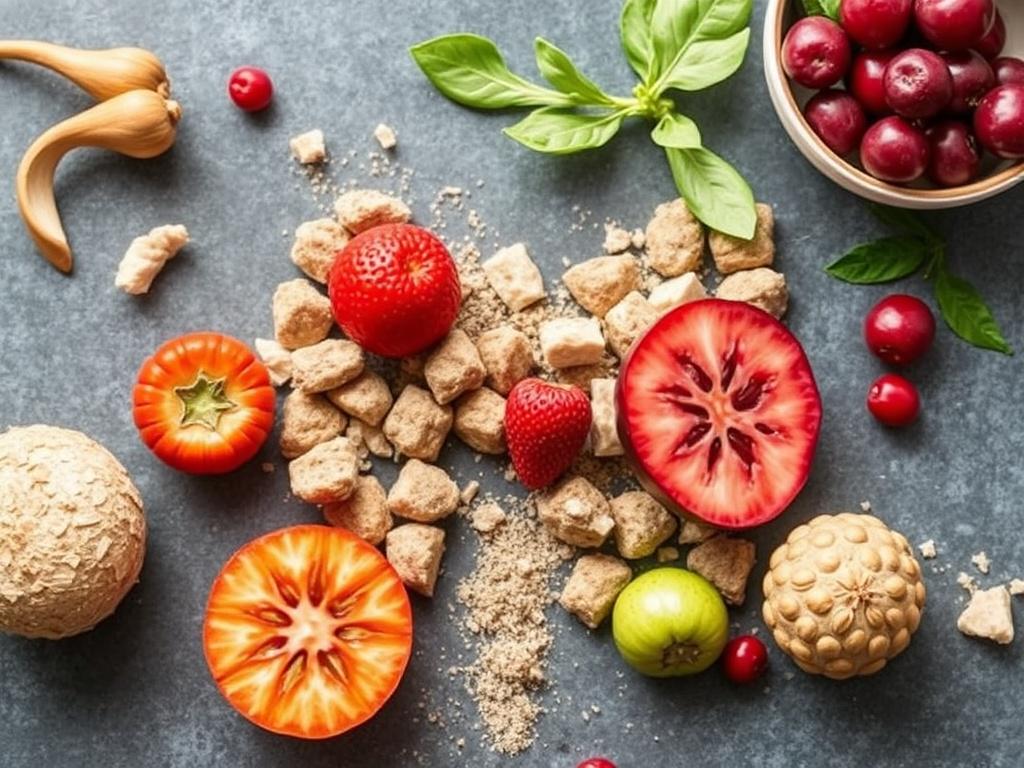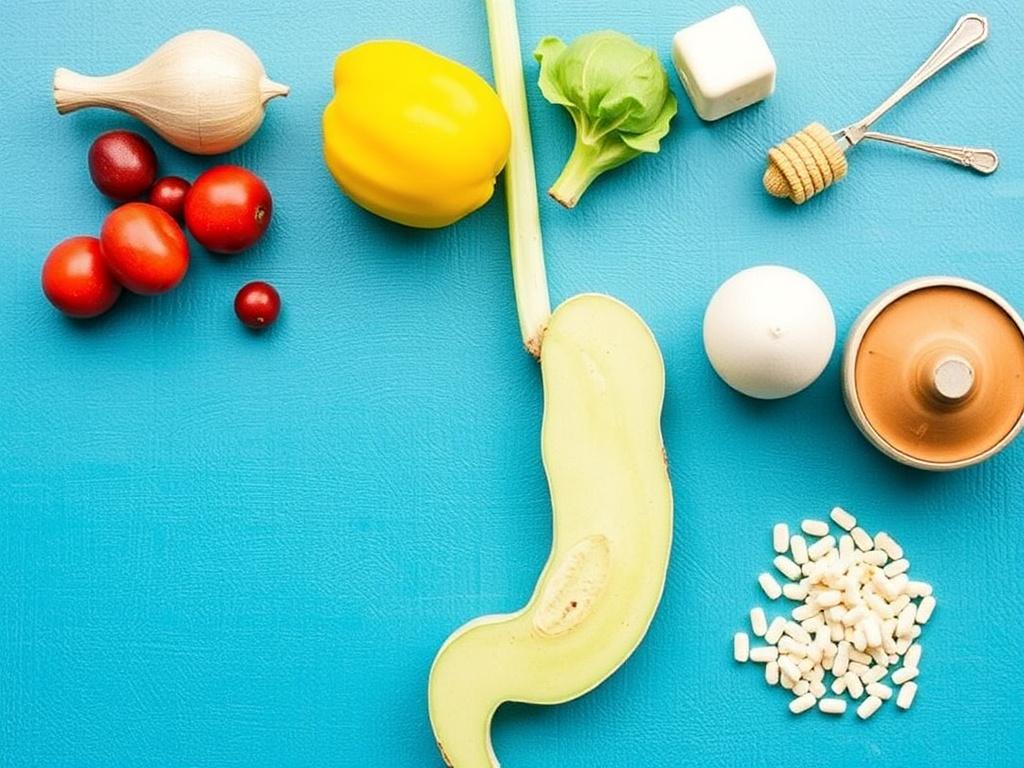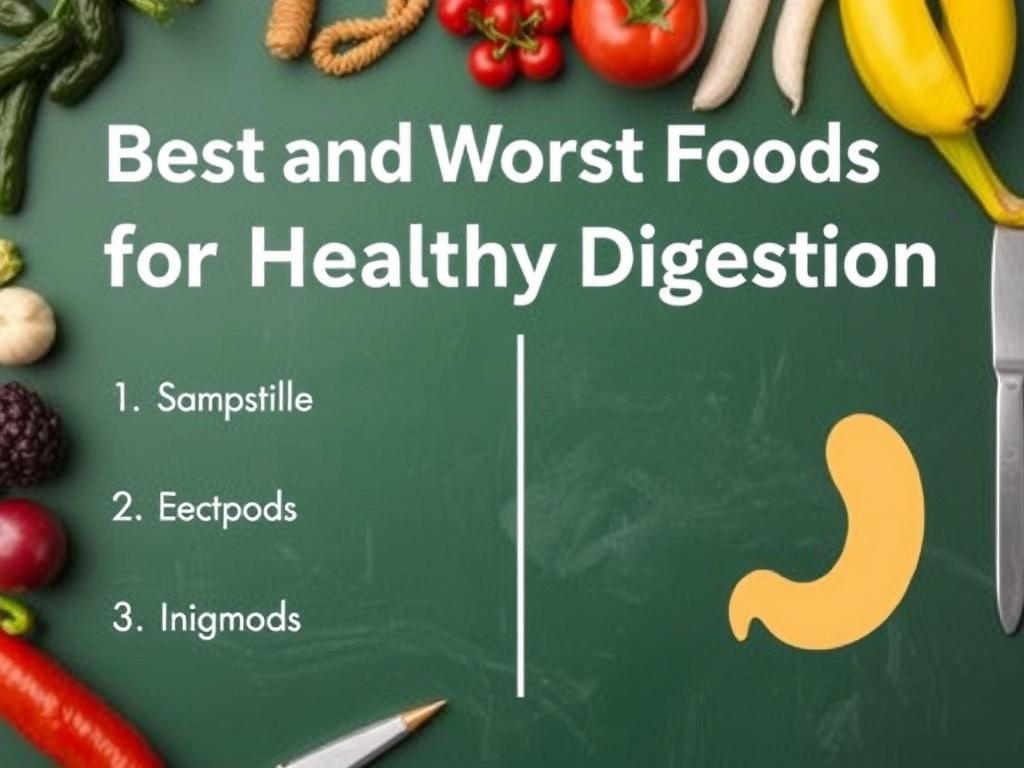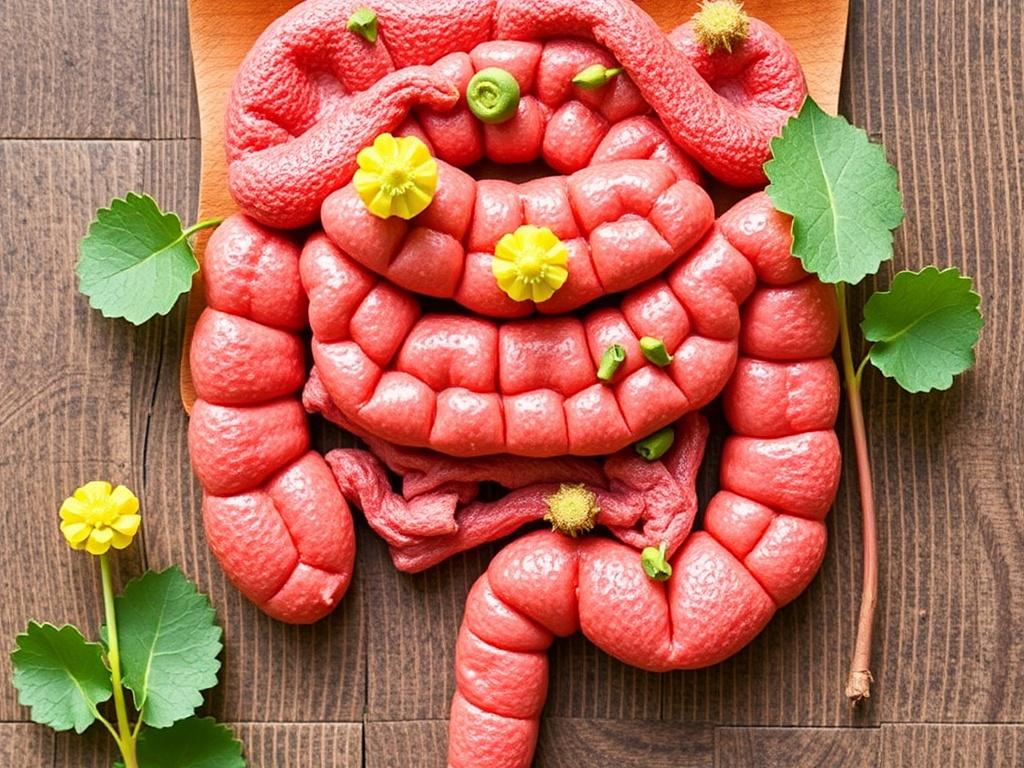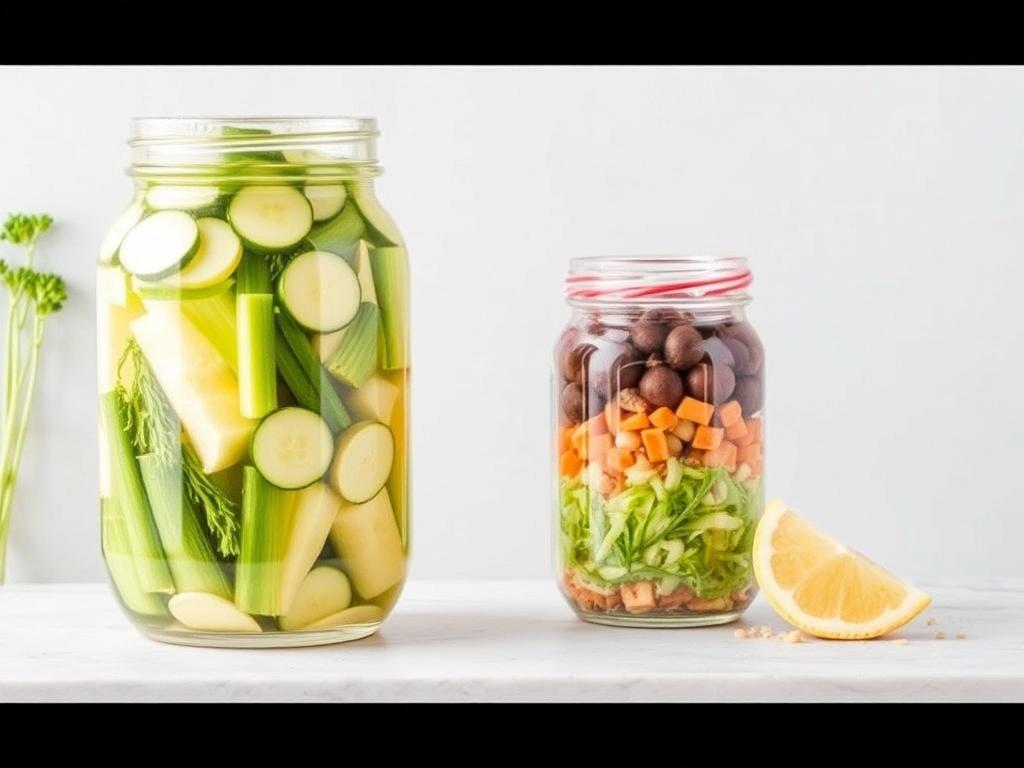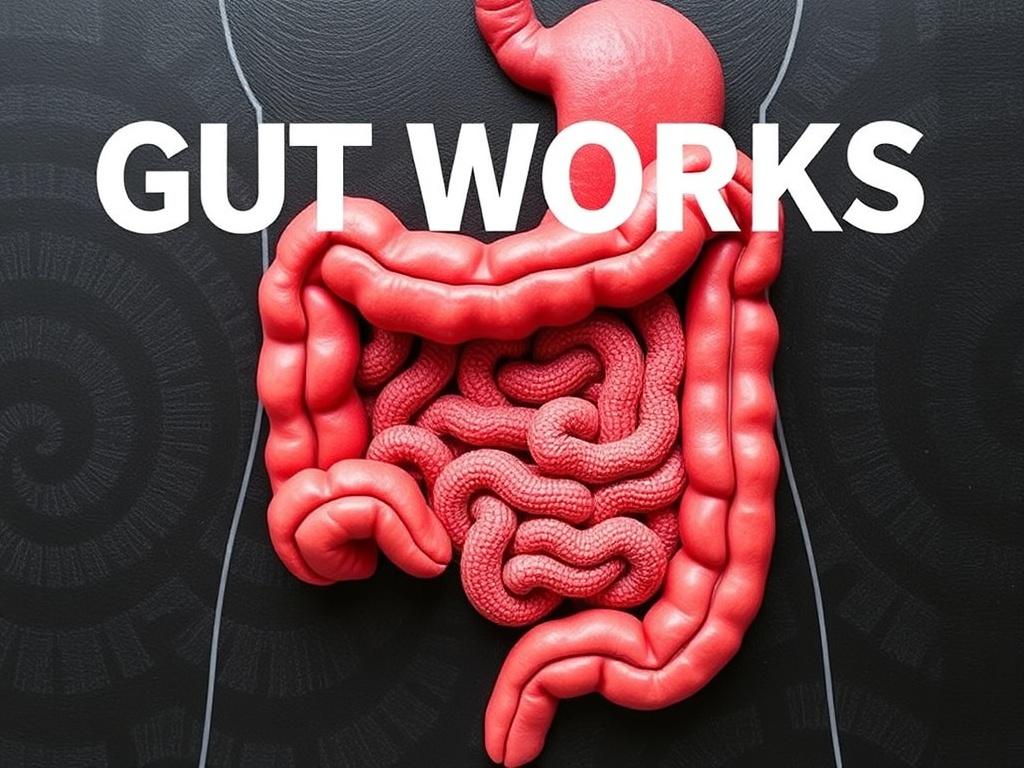When it comes to maintaining a healthy digestive system, fiber is your best friend. Eating fiber-rich foods not only helps keep things moving smoothly through your gut but also offers a multitude of health benefits. From reducing the risk of chronic diseases to supporting weight management, fiber plays a vital role in overall wellness. Yet, many people don’t get enough of this essential nutrient in their daily diet. If you’ve ever struggled with constipation, irregular bowel movements, or simply want to improve your digestive health, understanding fiber-rich foods that keep your gut moving is a game-changer.
In this article, we’ll explore exactly what fiber is, why it’s so important, and most importantly, which fiber-rich foods you should be adding to your plate. Whether you’re a seasoned health enthusiast or someone just starting to pay attention to gut health, this guide will help you make informed choices about your nutrition. We’ll dive into both soluble and insoluble fiber, how they work in your body, and highlight a variety of delicious foods packed with fiber. Additionally, practical tips for incorporating more fiber into your diet will be shared, along with common pitfalls to avoid.
What Is Fiber and Why Does It Matter?
Fiber is a type of carbohydrate that your body cannot digest. Unlike other carbs that break down into sugars and provide energy, fiber passes through your digestive system largely intact. This unique property is what makes fiber so beneficial for gut health. When you eat fiber-rich foods, they add bulk to your stool, helping to regulate bowel movements and prevent constipation.
There are two main types of dietary fiber:
- Soluble Fiber: This type dissolves in water to form a gel-like substance. It helps soften stool and can aid in lowering cholesterol levels and regulating blood sugar.
- Insoluble Fiber: Insoluble fiber does not dissolve in water. Instead, it adds bulk to stool and helps speed up the passage of food through the digestive tract.
Both types of fiber are important and often found together in various foods. Eating a balanced mix ensures your gut stays healthy and your digestive system operates efficiently.
The Role of Fiber in Digestive Health
Your digestive tract is a complex system that breaks down food, absorbs nutrients, and eliminates waste. Fiber supports this system in multiple ways:
- Prevents Constipation: Fiber adds bulk and moisture to stool, making it easier to pass and preventing common digestive woes such as hard stools and straining.
- Feeds Beneficial Gut Bacteria: Certain fibers, known as prebiotics, serve as food for the good bacteria in your colon. This helps maintain a healthy balance of gut flora, which is linked to immune health and reduced inflammation.
- Supports Regularity: By speeding up or slowing down transit time as needed, fiber helps regulate bowel movements, reducing episodes of diarrhea and constipation alike.
- Promotes Satiety: Fiber-rich foods can keep you feeling full longer, which is excellent for weight management and preventing overeating.
Top Fiber-Rich Foods That Keep Your Gut Moving
If you want to get the most out of your fiber intake, focusing on whole, unprocessed foods is key. Here’s a list of some of the best fiber-packed foods to include in your meals:
| Food | Type of Fiber | Fiber Content (grams per serving) | Additional Benefits |
|---|---|---|---|
| Lentils | Soluble & Insoluble | 15.6g per cooked cup | Rich in protein and iron |
| Chia Seeds | Soluble & Insoluble | 10.6g per ounce | High in omega-3 fatty acids |
| Oats | Mostly Soluble | 4g per half-cup cooked | Helps lower cholesterol |
| Broccoli | Insoluble | 5g per cooked cup | Loaded with vitamins C and K |
| Apples | Soluble | 4.4g per medium apple with skin | Contains antioxidants |
| Almonds | Mostly Insoluble | 3.5g per ounce | Good source of healthy fats |
| Sweet Potatoes | Both types | 3.8g per medium sweet potato | High in beta-carotene and vitamin A |
| Quinoa | Both types | 5g per cooked cup | Complete protein source |
| Carrots | Insoluble | 3.6g per cooked cup | Promotes eye health |
| Popcorn (air-popped) | Insoluble | 3.5g per 3 cups | Low calorie, whole grain |
These foods can be easily incorporated into everyday meals. Lentils and quinoa are excellent plant-based protein sources that also boost your fiber intake. Fruits like apples and vegetables such as broccoli and carrots offer fiber along with essential vitamins and minerals. Seeds and nuts not only add crunch and fiber but a healthy dose of fats necessary for overall health.
Fruits and Vegetables: The Fiber Powerhouses
A diet rich in fruits and vegetables naturally ensures a good supply of both soluble and insoluble fiber. Here are some fiber-rich fruits and veggies to prioritize:
- Raspberries (8 grams of fiber per cup)
- Pears with skin (5.5 grams per medium pear)
- Artichokes (10 grams per medium artichoke)
- Brussels sprouts (4 grams per cooked cup)
- Spinach (4 grams per cooked cup)
Eating fruits and vegetables raw or lightly cooked preserves most of their fiber content. Skin-on fruits and veggies are especially beneficial because the skins contain a good portion of the fiber.
Whole Grains: The Underrated Fiber Source
Replacing refined grains with whole grains is one of the simplest ways to increase fiber intake. Here’s a list of common whole grains and their fiber content:
- Brown Rice: 3.5g per cooked cup
- Barley: 6g per cooked cup
- Bulgar Wheat: 8g per cooked cup
- Whole Wheat Pasta: 6g per cup cooked
These grains provide sustained energy and keep digestion regular. Breakfast cereals made from whole grains like oats and bran flakes also make an easy, fiber-rich meal option.
How to Gradually Add Fiber to Your Diet
Increasing fiber intake is one of the most beneficial changes you can make to improve gut health, but it’s important to do it gradually. Suddenly eating large amounts of fiber can cause uncomfortable gas, bloating, and cramps. Here are some tips to increase fiber without upsetting your digestive system:
- Start Small: Add fiber-rich foods like fruits, vegetables, or a tablespoon of chia seeds to your meals, then slowly increase serving sizes.
- Stay Hydrated: Fiber works best when it absorbs water, so drink plenty of fluids throughout the day to keep things moving smoothly.
- Mix Soluble and Insoluble Fiber: Ensure your diet includes both types to achieve balanced digestion.
- Use Fiber Supplements If Needed: If you struggle to get enough fiber from food, supplements like psyllium husk can help, but always consult a healthcare provider first.
- Listen to Your Body: If you experience discomfort, reduce fiber intake temporarily and increase more slowly over time.
Common Myths About Fiber
There are a few misconceptions about fiber that can confuse people and lead to poor nutritional choices. Let’s clear up some of the most common myths:
- Myth 1: Fiber Is Only Important for Weight Loss – While fiber can help with weight management by promoting fullness, its benefits go far beyond that, including heart health, blood sugar control, and disease prevention.
- Myth 2: All Fiber Is the Same – As we discussed, soluble and insoluble fiber have different effects on digestion and need to be balanced in your diet.
- Myth 3: Fiber Causes Constipation – Actually, a lack of fiber often causes constipation, while adequate fiber intake encourages regular bowel movements. However, insufficient fluid intake with fiber can worsen constipation.
- Myth 4: You Need Fiber Supplements Instead of Food – Whole foods provide numerous other nutrients along with fiber that supplements can’t replace.
Understanding how fiber works and its sources helps you make better choices for gut health.
Fun and Easy Ways to Boost Your Fiber Intake
Adding fiber-rich foods to your diet doesn’t have to be boring or complicated. Here are some easy ideas to get more fiber each day:
- Snack on Seeds and Nuts: Keep a stash of almonds, walnuts, or chia seeds for quick fiber boosts.
- Add Veggies to Every Meal: Toss spinach into your morning smoothie, top your sandwich with lettuce and tomatoes, and fill half your plate with steamed veggies at dinner.
- Choose Whole Grain Swaps: Replace white rice with brown rice or quinoa and enjoy whole wheat bread instead of white.
- Start Meals with a Salad: Use leafy greens and fiber-rich veggies to kickstart digestion.
- Opt for Fruit-Based Desserts: Enjoy berries or baked apples with cinnamon for a natural sweet and fiber-filled treat.
Experimenting with recipes and meal planning can make increasing your fiber intake delicious and sustainable.
Who Should Be Careful With Fiber Intake?
Although fiber is generally beneficial, some conditions require careful consideration:
- Irritable Bowel Syndrome (IBS): Some types of fiber, especially insoluble, may trigger symptoms in sensitive individuals.
- Diverticulitis: During flare-ups, fiber intake may need to be temporarily reduced.
- Certain Digestive Disorders: Like Crohn’s disease or colon strictures, may require a low-fiber diet under medical supervision.
If you have a digestive condition, consult your healthcare provider before making significant changes to your fiber intake.
Conclusion
Incorporating fiber-rich foods into your diet is a simple yet powerful step toward improving and maintaining gut health. By understanding the different types of fiber and their roles, choosing a variety of fiber-packed foods, and gradually increasing your intake, you support your digestive system in staying regular and efficient. From lentils and chia seeds to broccoli and apples, a diverse mix of fiber-rich options means you never have to sacrifice taste or enjoyment. Remember to stay hydrated, listen to your body, and opt for whole foods whenever possible to reap the full benefits of fiber. Whether you’re addressing constipation or just enhancing overall wellness, fiber-rich foods truly keep your gut moving and your body thriving.
Читайте далее: